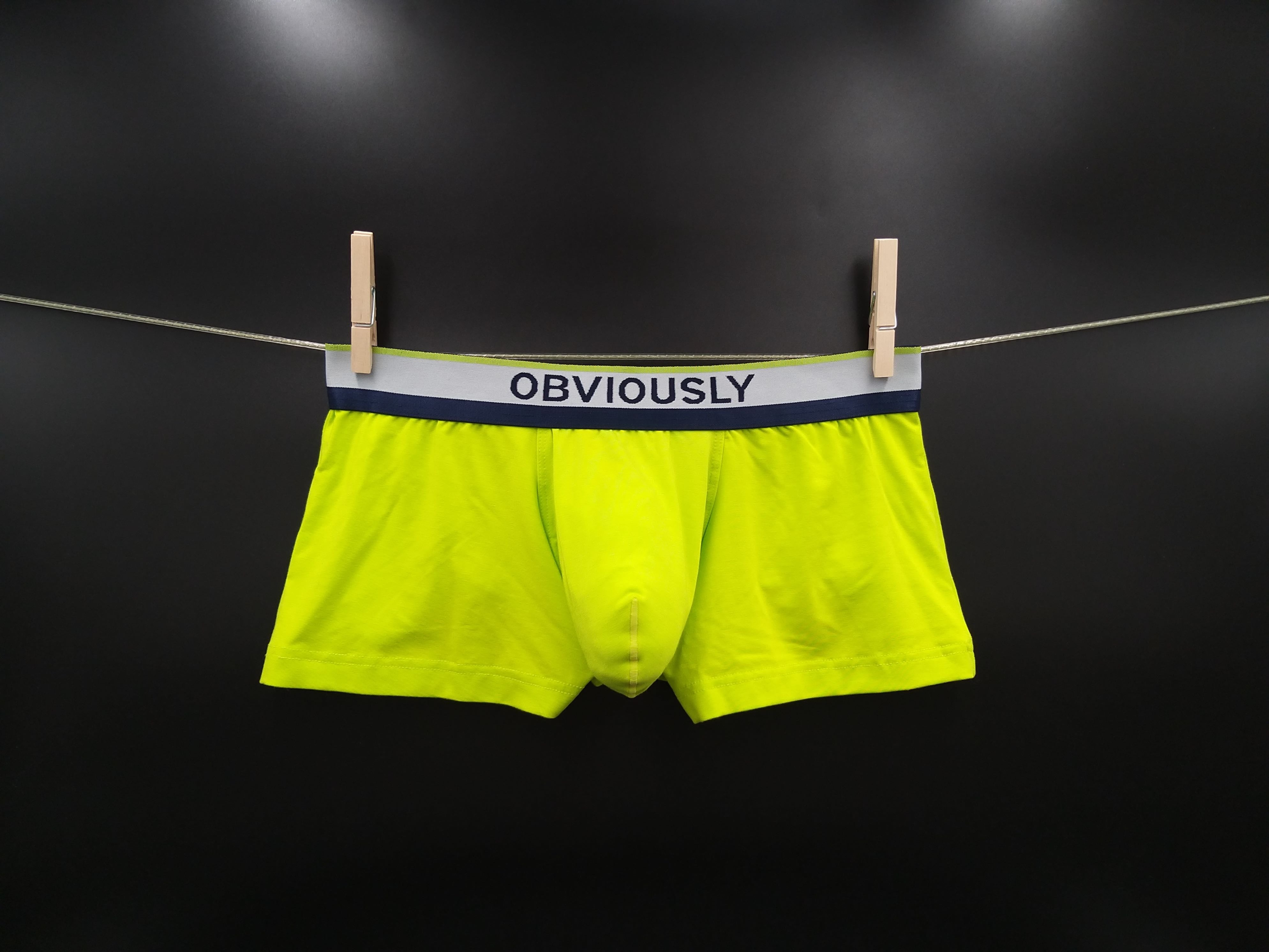
Textile Recycling: How Does Textile Recycling Work?
In our present-day world, where the significance of sustainability and eco-friendly practices continues to rise, textile recycling has emerged as a pivotal solution. This article seeks to provide a thorough exploration of the intricacies involved in textile recycling, focusing on environmentally conscious consumers who place a premium on sustainable product choices and those intrigued by the responsible disposal or creative repurposing of their worn garments. By deconstructing the textile recycling process, we hope to empower our readers to make more informed clothing selections, ultimately contributing to a more sustainable future.
What Is Textile Recycling?
The practice of converting old or unwanted textiles into new products or materials is known as textile recycling. It entails collecting, classifying, and processing used clothing, home textiles, and other fabric-based objects in order to give them new life. Textile recycling helps to reduce waste and environmental effect by diverting textiles from landfills and lowering the need for new raw materials.
How Does Textile Recycling Work?
- Collection: Textile recycling begins with the collection of used clothing and textiles. This can be done through various channels, such as collection bins, drop-off points, or donation centers. Some organizations even offer home pickup services to make it more convenient for consumers to participate in textile recycling.
- Sorting: After collection, the textiles are sorted based on their quality, material, and condition. This step is essential to determine how the textiles will be processed further. High-quality items that are still wearable may be sold or donated, while lower-quality items may be destined for recycling.
- Processing: Once sorted, the textiles undergo different processing methods depending on their intended use. Here are three common processes:
- Mechanical Recycling: This process involves shredding and grinding the textiles into fibers, which are then spun into yarns to create new fabrics or products. Mechanical recycling is suitable for items made from natural fibers like cotton or wool.
- Chemical Recycling: Chemical recycling uses solvents or heat to break down the textiles into their original components, which can be used to create new materials or products. This process is often used for synthetic textiles like polyester or nylon.
- Upcycling: Upcycling refers to the process of creatively repurposing textiles into new products without breaking them down. This can involve turning old t-shirts into tote bags or transforming denim jeans into home decor items. Upcycling allows for the preservation of the original material while giving it a new purpose.
- Manufacturing: After processing, the recycled textiles are ready to be transformed into new products. Numerous products, like as apparel, accessories, upholstery, insulation, and more, can be made using them. Manufacturers may contribute to a more circular economy and lessen their need on virgin materials by employing recycled fabrics.
What Benefits Does Textile Recycling Offer?
Textile recycling offers numerous benefits, making it a crucial aspect of sustainable and eco-friendly practices. By recycling textiles, we can minimize waste, conserve resources, reduce pollution, and support a circular economy. Let's take a look at the specific advantages that textile recycling brings:
- Waste reduction: Textile waste is a significant environmental issue. By recycling textiles, we can divert them from ending up in landfills, where they would contribute to pollution and take up valuable space. Recycling allows us to extend the lifespan of these materials and reduce waste.
- Conservation of resources: Textile production requires vast amounts of resources, including water, energy, and raw materials. By recycling textiles, we can reduce the need for virgin resources, such as cotton or polyester, conserving water and energy. This helps protect natural ecosystems and reduces the strain on our planet's resources.
- Reduction of greenhouse gas emissions: Textile production and disposal are major contributors to greenhouse gas emissions. We can lessen the need for new production, which frequently entails energy-intensive procedures, by recycling textiles. Thus, reducing carbon emissions and lessening the effects of climate change are achieved.
- Promotion of a circular economy: Textile recycling plays a crucial role in creating a circular economy, where materials are reused and repurposed instead of being discarded. By recycling textiles, we can transform old or unwanted clothing into new products, such as fibers for new fabrics or insulation materials. This reduces the demand for new textiles and fosters a more sustainable and regenerative economy.
- Social impact: Textile recycling supports local communities and creates job opportunities in the recycling and manufacturing sectors. Customers may support the livelihoods of individuals involved in the process and help create a sustainable business by recycling textiles.

What Type Of Clothes Are Recyclable?
When it comes to textile recycling, not all clothes are created equal. While many types of clothing can be recycled, it's important to note that the ease of recycling and the specific process may vary depending on the material. Here are some common types of clothing that are recyclable:
Natural Fibers
Clothing made from organic fibers like bamboo, cotton, wool, silk, or linen are highly recyclable. These fibers can be mechanically processed by shredding and grinding them into fibers, which are then spun into new yarns to create new fabrics or products.
Synthetic Fibers
Synthetic fibers like polyester, nylon, or acrylic can also be recycled, but the process is slightly different. Chemical recycling is a common method of dissolving these fibers into their constituent parts by applying heat or solvents. Then, new materials or products can be made using these components.
Blended Fibers
Clothing made from a blend of natural and synthetic fibers, known as blends, can also be recycled. However, the recycling process becomes more complex as the fibers need to be separated. This can involve chemical treatments or advanced technologies to separate the different fibers for recycling.
Accessories
In addition to clothing, accessories like belts, hats, scarves, or gloves can also be recycled. These items are often made from similar materials as clothing and can go through the same recycling processes.
How Can You Recycle Your Clothes?
- Donate: One of the easiest ways to recycle your clothes is by donating them to charitable organizations or thrift stores. Prior to donating, make sure the items are clean and in good shape. This increases their lifespan and makes them reusable by others.
- Clothing Recycling Programs: Many organizations and retailers have clothing recycling programs in place. These programs collect old clothing and textiles to be recycled into new materials. Some programs may have specific drop-off locations, while others offer mail-in options.
- Second-Hand Sales: If your clothing is still in good condition but you no longer have a use for it, consider selling it through second-hand platforms or organizing a clothing swap with friends and family. This gives your clothes a second life and reduces waste.
- Upcycling: As mentioned earlier, upcycling involves creatively repurposing textiles into new products. If you're crafty, you can upcycle unwanted clothes into new items like tote bags, cushions, and patchwork blankets. By upcycling, you can keep your items out of the trash and give them a new lease of life.
- Textile Recycling Facilities: If you have clothing that is no longer wearable or suitable for donation, you can search for textile recycling facilities in your area. Textiles that cannot be recycled or reused are the specialty of these facilities. They can handle a variety of materials since they have the tools and knowledge needed.
Conclusion
In conclusion, textile recycling offers a viable solution to the environmental challenges posed by the fashion industry. By diverting textiles from landfills and implementing innovative recycling techniques, we can significantly reduce the carbon footprint associated with clothing production. Through this article, we have explored the various steps involved in textile recycling, from collection and sorting to processing and repurposing. Armed with this knowledge, eco-conscious consumers can make a positive impact by supporting brands that prioritize sustainable practices and by responsibly disposing of their old clothing. Together, we can create a more sustainable and circular fashion industry, where textile waste is minimized, and resources are conserved for future generations.
Final Thoughts
Be a part of the sustainable movement and play your role in creating a positive change through your shopping decisions. At Obviously Apparel, we are dedicated to offering you premium, eco-friendly underwear that not only ensures your comfort but also makes a significant difference in preserving our planet. With our range of luxurious bamboo fabrics and unwavering commitment to sustainability, choosing Obviously Apparel means actively supporting a better future. Join us in our mission to keep our world green, one pair of men's underwear at a time!
Sources
- https://pryme-cleantech.com/chemical-recycling
- https://www.basf.com/us/en/who-we-are/sustainability/we-drive-sustainable-solutions/circular-economy/mechanical-recycling.html
- https://www.habitat.org/stories/what-is-upcycling
- https://www.colorado.edu/ecenter/why-should-we-reduce-waste
- https://www.reduceenergyusedc.com/benefits_of_reducing_green_house_gasses




